The Ultimate Guide To Zucchini
Summer is right around the corner, so naturally, this month’s Produce Spotlight will showcase a warm-weather favorite: Zucchini! Read on for tips to grow zucchini in your garden, answer frequently asked questions, share our best recipes, and more.

Origin and Growing Information
The species cucurbita pepo, better known as zucchini or courgette. These plants are primarily grown for the consumption of it’s immature seeds – what we recognize as a zucchini, however, the flowers and leaves are edible as well.
Zucchini is actually a fruit since it develops from the ovaries of a flowering plant. It is native to Central America and Mexico, and is commonly grown in the US during warmer months.
Planting Conditions
- The plants prefer warm weather, typically hardiness zones 3-9. Look at this USDA map to determine your region’s zone.
- Soil must remain over 55 °F
- Plant’s prefer full sun with soil that will remain moist, but not waterlogged
Growing
- In order to grow, plants need 36 inches of space between them
- Sow 1-2 seeds directly into the soil, about 1 inch deep
- 1-2 deep waterings are better than multiple light waterings. A good rule of thumb is 1-2 times per week, and more if the climate is hot and dry.
Harvesting
Plants grow quickly. After flowering, they will be ready to harvest in just 4-8 days. It is important to not wait too long, or else the squash will overmature and take up the plants energy which could be used to produce more fruit.
Using a knife or shears, carefully harvest the fruits. You can also twist them off if small enough but be sure to wear gloves!
Discover more tips for growing from The Old Farmer’s Almanac and University of Illinois Extension.
Types of Zucchini
Both open-pollinated and hybrid varieties of zucchinis are grown. The farmers at High Mowing Seeds shared insight on the topic.
Open-pollinated plants, when isolated, remain true to type. These seeds can be easily preserved for seasons to continuously produce the same crop. Hybrids are created by “modern plant breeding.” It is the cross-pollination of different varieties.
Open Pollinated Varieties
- Black Beauty: 7-8” glossy green plants, 110 days
- Cocozelle: 8-10” green plants with dark green streaks, 50 days
- Fordhook: 6-8” spotted green plants, 57 days
Hybrid Varieties
- Raven: 6-8” deep green, 48 days
- Gourmet Gold: 6-8”, bright yellow, 55 days
- Summer Green Tiger: 8” light green with bold dark green stripes, 55-60 days
Discover an extensive list of varieties and characteristics at Grow It Organically.
Nutrition Information
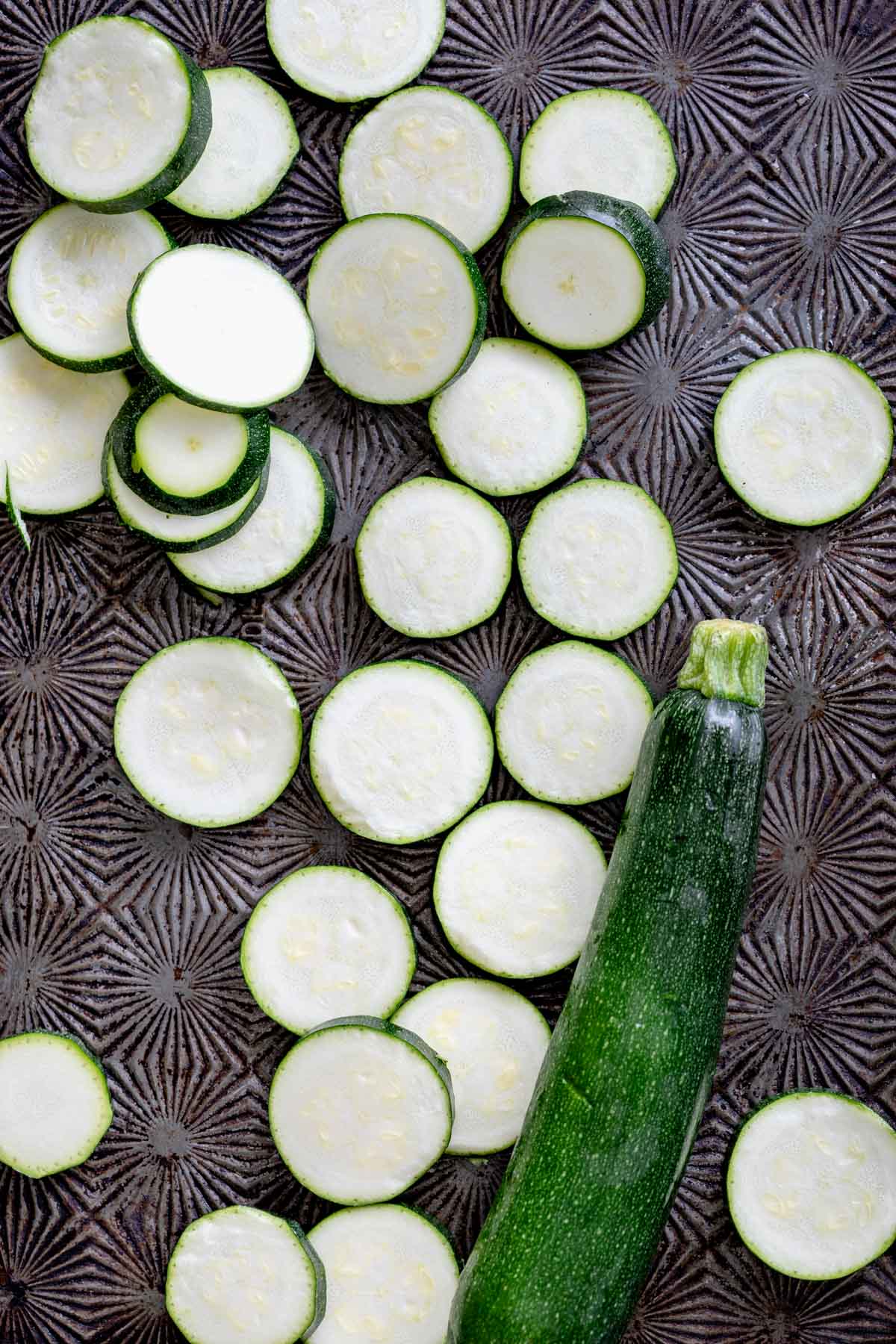
Health Highlights
- The fruits are rich in Vitamin C.
- 1 medium zucchini has only 33 calories, based on USDA nutrition data
- They have antioxidants, including lutein and zeaxanthin
- They are full of fiber
- They are a good source of Potassium
Raw vs. Cooked
Zucchini is safe to eat raw or cooked. Like other squashes is also more nutritious when cooked. Cooking will, however, soften the texture which some people prefer. Try this simple 12 minute Sauteed Zucchini Recipe!
While using zucchini can increase fiber, vitamin and mineral content and offset more calorie dense ingredients in baked goods such as zucchini bread or muffins, it does not inherently make them healthy. It is important to look at the entire ingredient list and nutritional analysis to determine overall nutritional value.
Zucchini FAQs
Yellowing leaves are the culprit of poor soil. White spots may be powdery mildew that’s reached the plant. If your zucchini plants are too close together, air cannot properly circulate and the leaves may grow mildew.
Whether you have a paleo, KETO, Whole 30, or low FODMAP eating pattern, Zucchini can be on your list of produce options. It is primarily made of water, making it low carb and easy to digest, raw or cooked.
Zucchini and Summer squash are in the same fruit family. The two are very similar in texture, taste and nutritional value and the main differences are shape and color. It is easy to swap one for the other in recipes. Cucumber, on the other hand, looks strikingly similar to zucchini, however, they differ in taste and texture, and should not be swapped in recipes.
No the skin of zucchini is quite thin, tender and edible. No need to peel it before cooking with it.
Cooking Information
Zucchini is one of those chameleon ingredients (like cauliflower) that can make itself useful in a variety of ways. It can be eaten raw or cooked and is fairly neutral in flavor so it can be adapted for a wide variety of cuisine flavor pairings.
Cooking Zucchini Blossoms
It is an Italian tradition to harvest the blossoms from zucchini plants as soon asthey start to fruit. This doesn’t affect the growth of the zuccchini squash itself and makes a tender and delicately flavored edible.
Every summer we enjoy buying a quantity of zucchini blossoms at the Farmers’ Market, stuffing them with cheese (and sometimes anchovies), battering them and frying them. Try these from the New York Times.
Shredded Zucchini
When shredded zucchini adds low calorie bulk and moisture to baked goods, and meatloaf.
Raw Shaved or Zoodles
Zucchini can be shaved with a vegetable peeler or cut with a spiralizer for an low-carb alternative to pasta or as a salad base.
Cut the ends and blossom end from the zucchini and cut with the spiralizer or shave lengthwise with a sharp veggie peeler. Note that zucchini noodles can end up being very long and will need to be trimmed with scissors or a knife.
Cooking Zucchini
Zucchini can be tricky to cook because it can overcook very easily. It also has a high water content, so it doesn’t brown very easily. It can let off a lot of liquid as it cooks too. We find that cooking it very hot and fast is the best way to preserve texture and achieve a little browning.
Freezing Zucchini
If you grow zucchini then you will likely have more than you can handle. It can be frozen but before you do, make sure to blanch it briefly before you freeze it. This will stop any enzymatic activity and prevent the nutrients from continuing to slowly break down.
Once it is blanched dry it thoroughly and lay slices out onto a parchment lined baking sheet. Freeze solid and then transfer to ziplock bags. Freeze up to two months.
Recipes
Zucchini Recipes
There are a ton of ways to use Zucchini in cooking. Check out some of our favorite recipes here.
No-Cook Zucchini Noodles with Pesto
This fast and healthy meal makes for a great dinner on a summer night and it is low carb and vegetarian.
Chocolate Chip Zucchini Bread
A healthier baking recipe alternative to a traditional chocolate treat.
Healthy Zucchini Casserole
Our latest favorite zucchini recipe! We have been making this one over and over again lately. It is a spin-off of a comfort food favorite, packed with flavor and nutrients with a few simple Tex-Mex ingredients!
Zucchini Ribbon Salad with Hazelnuts and Feta
Often imitated, never duplicated this shaved zucchini salad is a no-cook salad that can be made in just 15 minutes. Serve it with burgers or lamb kofta for a easy breezy summer dinner!
20 Minute Zucchini Ribbon Pita Pizzas
This kid friendly dinner takes about 20 minutes to make and is topped with fresh ribbons of shaved zucchini and herbs.
Crock-Pot Italian Zucchini Meatloaf
Lighten up turkey meatloaf made with shredded zucchini instead of breadcrumbs! Believe it or not it is also made in the crockpot!
Zucchini Oat Bread
A naturally sweetened bread perfect for breakfast or lunch. It is lower in added sugars and it is sturdy enough to pack in a picnic or school lunchbox.
Grilled Zucchini
One of our favorite ways to make zucchini in the summertime because it can't get any easier. Top this grilled zucchini with a drizzle of aged balsamic vinegar for a little bit of sweet tart flavor.
Tex Mex Chicken and Zucchini
One pan Mexican chicken and zucchini recipe with black beans, corn, tomatoes and melted cheese on top. Low carb and crowd pleasing 30 minute healthy dinner.
Chocolate Zucchini Brownies
These chocolate zucchini brownies are made with shredded zucchini Even though they're a healthy brownie recipe, you'd never know it. They're rich, fudgy, chocolatey, and totally addictive.
Oven Baked Zucchini Fritters with Feta and Dill
These Oven-Baked Zucchini Fritters with Feta and Dill are flavored with feta, dill, and scallions. My healthier version of zucchini patties here are made with no flour. Instead, I used panko breadcrumbs and ground oats as well as eggs to bind all the ingredients.
Air Fryer Zucchini (No Breading)
An easy (and low carb) recipe without breading that is the perfect side dish to serve with dinner! Cut in to chips or fries & done in as little as 10 minutes!
Easy Sauteed Zucchini
This is the best way to cook zucchini on the stovetop without letting it get watery.
Zucchini Soup
- If you have any of those giant zucchini from the garden, use them to make this pureed Zucchini Soup with dill. It is great hot or cold.










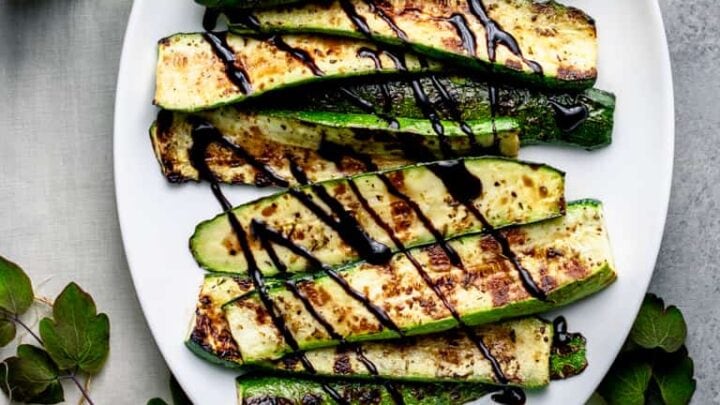





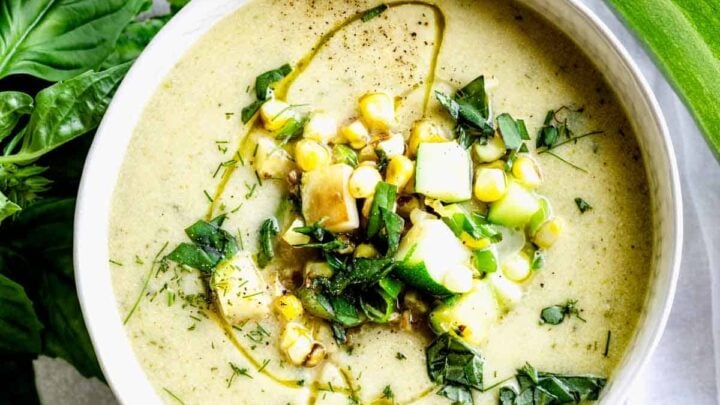
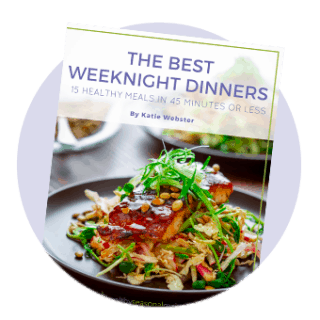

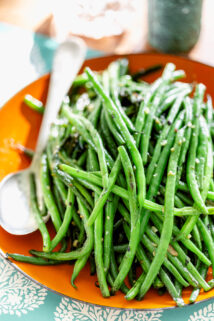
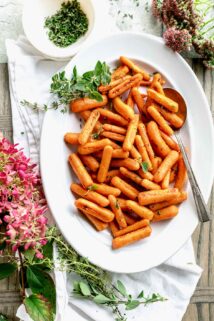
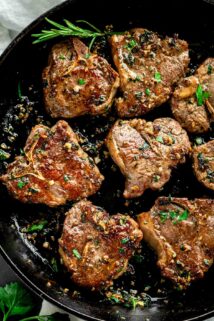
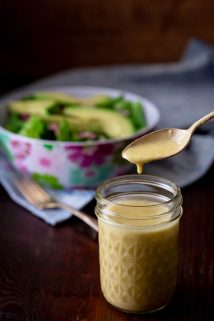

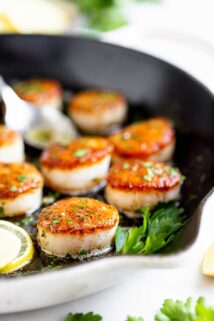
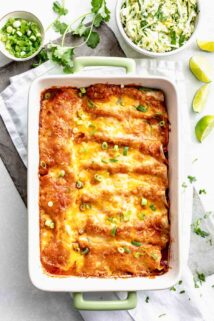
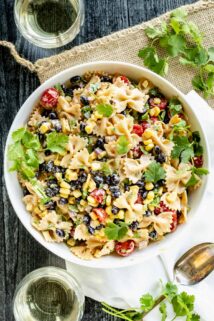

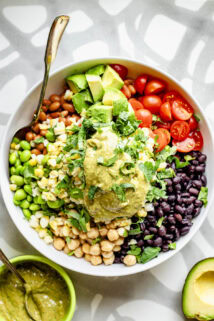
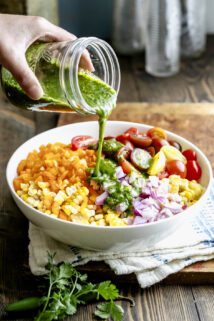
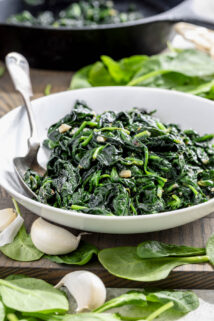
I learned a lot from this! We have a lot of zucchini coming from our grandma’s farm. Can’t wait to try all the recipes.
So glad to hear it, Gianne! Let us know what you wind up making from your grandma’s farm!
I love zucchini and these are some great tips and tricks! Looking forward to giving some of these recipes a try; looks too good to pass up, indeed!
Thank you, Sara! We’re glad you found some valuable tips and tricks in our ultimate zucchini guide.
Wow! My family loves zucchini so much. Thanks for sharing these amazing recipes.
Thank you, Mimi! We hope your family enjoys some of our favorite zucchini recipes.
Just finished reading your guide on zucchini, and it’s top-notch! You’ve managed to make a simple vegetable feel like the star of the kitchen. The tips on selecting the perfect zucchini were especially useful, saving me from those supermarket second guesses. Overall, your post is a refreshing blend of helpful tips and straightforward advice, just what I needed!
Thank you for taking the time to leave such a thoughtful comment, Tavo! We’re so glad you enjoyed our zucchini guide!
There is so much fabulous info here! I have this saved for future reference.